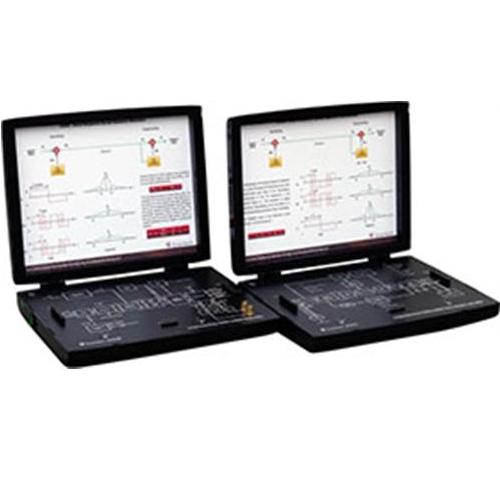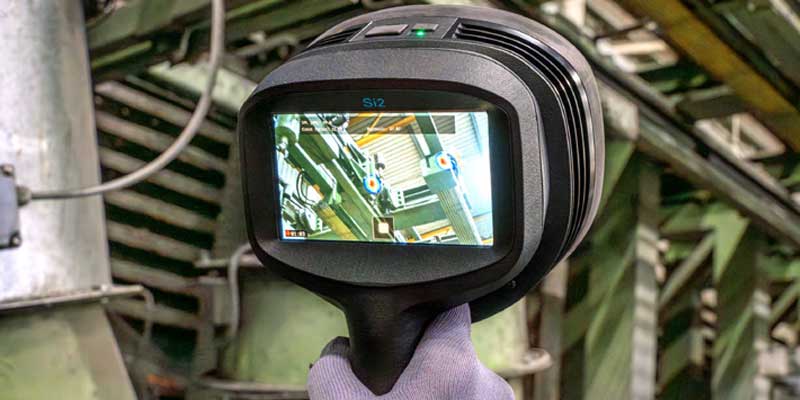Schedule a Call Back
CDMA-DSSS Communication System with BER Measurement
CDMA-DSSS Communication System with BER Measurement
The Wireless mobile communication systems provide access to the capabilities of the global network at any time, irrespective of the location or mobility of the user. The Direct Sequence Spread Spectrum (DS-SS) technique, incorporated into CDMA can accommodate large number of users in one radio channel depending on the voice activity level. This feature also provides immunity to jamming signals and enables resolution of multi-path components in a time dispersive radio propagation channel. Spread Spectrum is a type of modulation that spreads data transmission across available frequency band, in excess of minimum bandwidth required to send the information. Spreading makes Signal resistive to noise and other interference. Spread Spectrum is commonly used with personal communication devices such as cell phones and LAN`s. Spread Spectrum has many unique properties that cannot be found in other techniques like the ability to eliminate or alleviate multi-path interference, communication privacy due to unknown random codes, multi user handling capacity over a single frequency, and low power Spectral density since Signal is spread over a large frequency band. Scientech 2131B TechBooks provide a detailed understanding of the concepts behind CDMA-DSSS, and various points that need to be considered in the design of a Direct Sequence Spread Spectrum System. They include generation of various pseudorandom (PN) codes like Gold, MLS & Barker with user selectable tappings, variable Chip rate, and baseband modulations BPSK, QPSK, OQPSK & Digital AWGN noise with Root Raised Cosine filter (RRC) FIR low pass filter. Bit Error Rate (BER) measurement with known data sequence, overall data rate dependency parameters, spreading & despreading with DSSS, SNR control, offset control & so on can be performed on Scientech 2131B.
Product & Technology News
- A complete CDMA-Direct Sequence Spread-Spectrum (DSSS) system
- Customized real-time software
- Analysis in Digital time, Analog time, and Frequency domain
- Separate CDMA-DSSS Modulator and Demodulator for higher learning
- More than 25 nos. of test point
- On-board BNC connector for Analog I-Q signal analysis
- Software based variable Chip rate up to maximum 10Mchip/s
- User selectable different types of Gold code
- User selectable different types of Maximum Length Sequences
- User selectable different types of Barker code
- User can design his own Gold / MLS code
- Time and Frequency domain analysis and measurement of baseband BPSK, QPSK and OQPSK Modulation with output spectral shaping I-Q filter
- Built-in I & Q channel root-raised Cosine filter for spectral shaping
- Built-in Digital Data Generator
- Built-in additive White gaussian noise (AWGN) Generator for analysis of noise gain effect on the Signal
- Built-in Frequency offset (Doppler) Generator for analysis of frequency offset effect on the Signal
- Measurement of BER with internal data which is being transmitted
- Measurement of BER with different SNR
- Standard 40 pin dual row connectors for external input and output
- 2 Year Warranty













